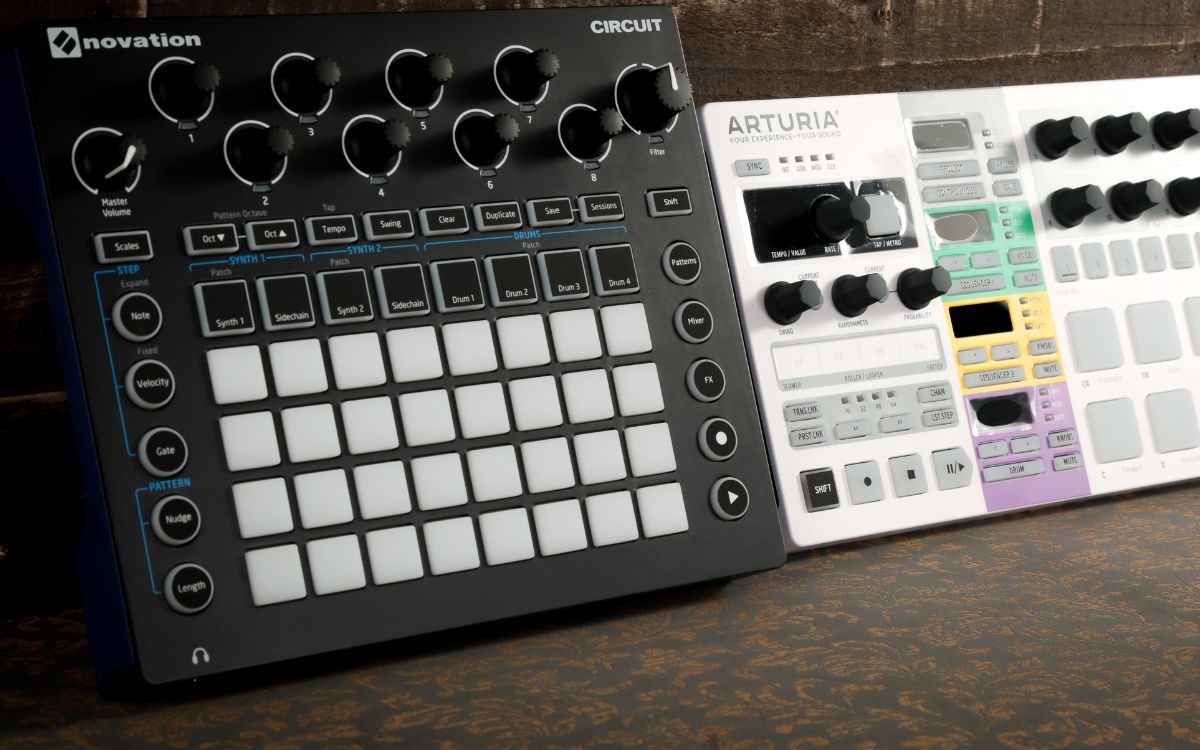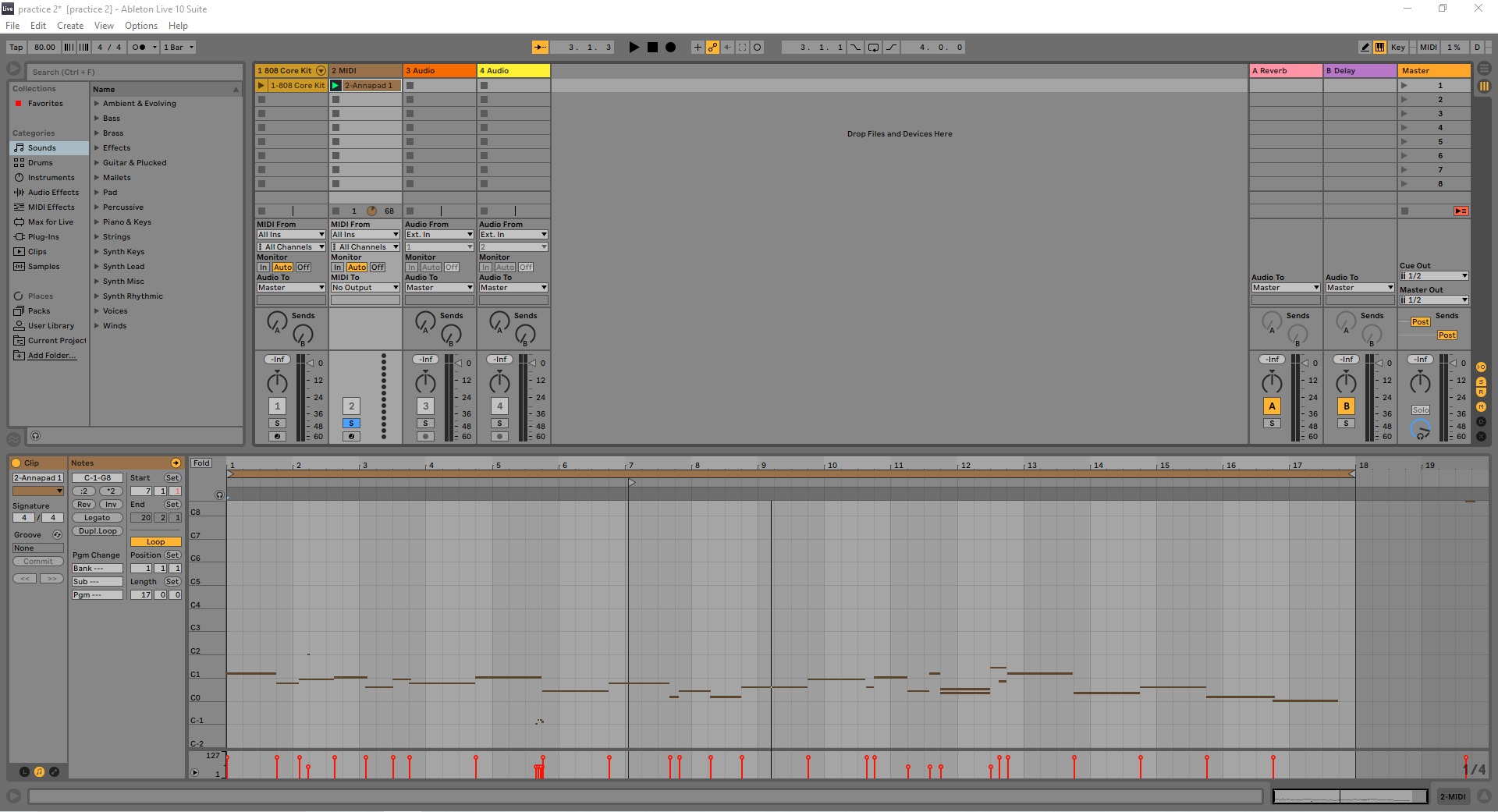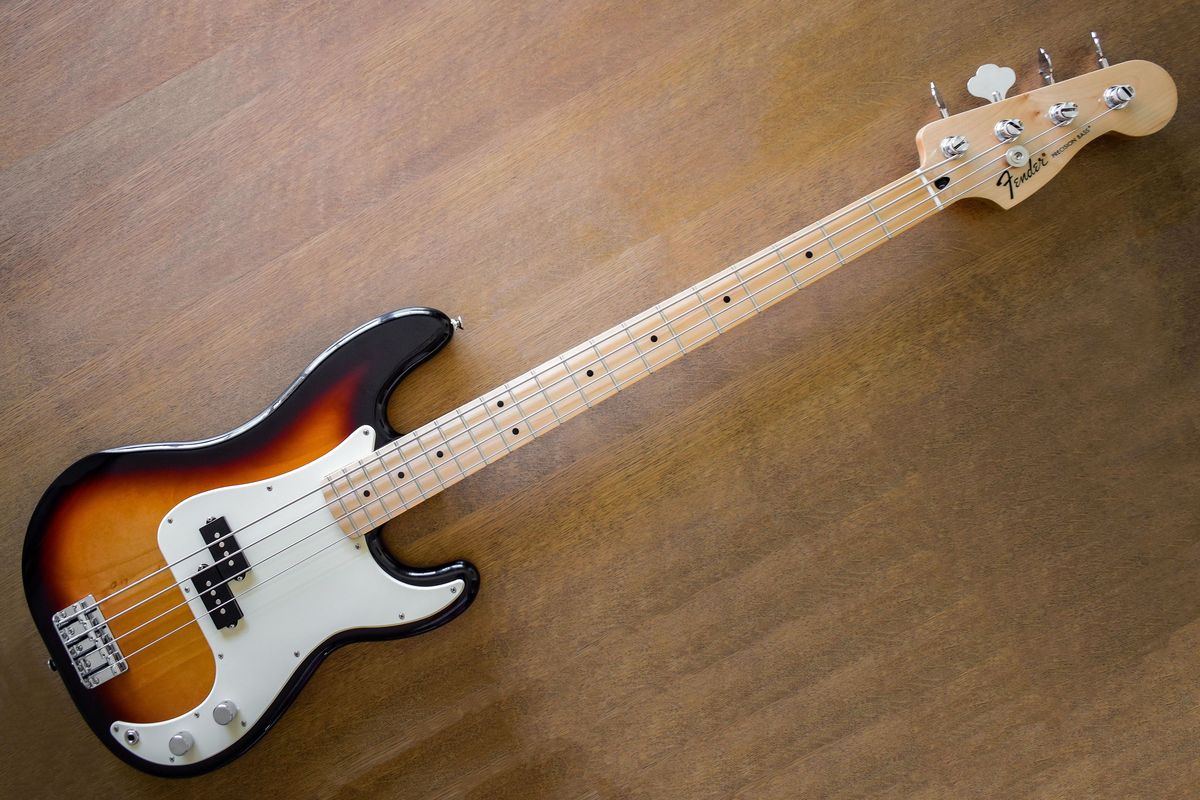Home>Production & Technology>MIDI>How Long Can MIDI Cable Be?


MIDI
How Long Can MIDI Cable Be?
Published: February 19, 2024
Learn about the maximum length of MIDI cables and how it affects your setup. Discover the ideal MIDI cable length for your audio equipment.
(Many of the links in this article redirect to a specific reviewed product. Your purchase of these products through affiliate links helps to generate commission for AudioLover.com, at no extra cost. Learn more)
Table of Contents
Introduction
When it comes to connecting musical instruments, controllers, and other electronic devices, MIDI (Musical Instrument Digital Interface) cables play a crucial role in transmitting data and enabling seamless communication between different components of a music setup. Understanding the limitations and capabilities of MIDI cables is essential for musicians, producers, and audio engineers who rely on these connections to bring their musical creations to life.
MIDI cables have been a staple in the music industry for decades, serving as the backbone of electronic music production and live performances. As technology continues to evolve, the need to understand the intricacies of MIDI cable length becomes increasingly important. Whether you're a seasoned professional or a budding musician, grasping the factors that influence the maximum length of MIDI cables and how to extend their reach can significantly impact the flexibility and functionality of your music setup.
In this article, we'll delve into the world of MIDI cables, exploring the factors that influence their maximum length and the methods available for extending their reach. By gaining insights into the technical aspects and practical considerations related to MIDI cable length, you'll be better equipped to optimize your music production workflow and overcome potential limitations in your setup. So, let's embark on a journey through the fascinating realm of MIDI cables and uncover the secrets behind their optimal length and performance.
Factors Affecting MIDI Cable Length
The maximum length of a MIDI cable is influenced by several factors, each playing a pivotal role in determining the effective transmission distance for MIDI data. Understanding these factors is essential for ensuring reliable and robust communication within a music setup.
-
Signal Degradation: MIDI cables transmit digital signals, and as the length of the cable increases, the risk of signal degradation also rises. This degradation can result in timing errors, data loss, or jitter, ultimately impacting the accuracy and integrity of the transmitted MIDI information.
-
Cable Quality: The quality of the MIDI cable itself significantly affects its maximum length. High-quality cables with better shielding and superior construction can maintain signal integrity over longer distances compared to lower-grade cables. Shielding is particularly crucial in minimizing interference from external sources, which can compromise the signal quality.
-
Interference: External electromagnetic interference can disrupt the transmission of MIDI data, especially over extended cable lengths. Factors such as proximity to power cables, electronic equipment, and radio frequency sources can introduce unwanted noise and disturbances, affecting the reliability of the MIDI communication.
-
MIDI Device Output Strength: The output strength of the MIDI device also contributes to the effective cable length. Devices with stronger output signals can maintain signal integrity over longer distances, whereas weaker outputs may struggle to sustain reliable communication beyond a certain cable length.
-
Buffered Repeaters: The use of buffered repeaters or signal boosters can extend the effective length of MIDI cables. These devices regenerate and amplify the MIDI signal, compensating for signal degradation and allowing for longer cable runs without compromising data integrity.
By considering these factors, musicians and audio professionals can make informed decisions regarding MIDI cable lengths, ensuring optimal performance and reliability in their music setups. In the next section, we will explore the maximum length of MIDI cables and the practical implications of these influencing factors.
Maximum Length of MIDI Cable
The maximum length of a MIDI cable is a critical consideration for musicians and audio engineers seeking to establish reliable connections within their setups. While the standard MIDI cable length is often cited as 5 meters (approximately 16.5 feet), several factors can influence the actual distance over which MIDI data can be effectively transmitted.
Signal degradation poses a significant challenge when extending the length of MIDI cables. As the cable length increases, the risk of signal degradation rises, potentially leading to timing errors, data loss, or jitter. This phenomenon is particularly pronounced in longer cable runs and can compromise the integrity of the transmitted MIDI information. Additionally, the quality of the MIDI cable itself plays a pivotal role in determining its maximum length. High-quality cables with robust shielding and superior construction can maintain signal integrity over longer distances, mitigating the impact of signal degradation.
External interference, stemming from sources such as power cables, electronic equipment, and radio frequency sources, can disrupt the transmission of MIDI data over extended cable lengths. This interference introduces unwanted noise and disturbances, posing challenges to reliable MIDI communication. Moreover, the output strength of the MIDI device also influences the effective cable length. Devices with stronger output signals can sustain reliable communication over longer distances, while weaker outputs may struggle to maintain signal integrity beyond a certain cable length.
In addressing the limitations associated with MIDI cable length, the use of buffered repeaters or signal boosters emerges as a viable solution. These devices serve to regenerate and amplify the MIDI signal, compensating for signal degradation and enabling longer cable runs without compromising data integrity. By strategically implementing buffered repeaters, musicians and audio professionals can extend the reach of their MIDI connections, overcoming the constraints posed by traditional cable lengths.
Understanding the maximum length of MIDI cables and the factors influencing their effective transmission distance empowers individuals within the music industry to make informed decisions regarding their equipment and setups. By considering signal degradation, cable quality, external interference, device output strength, and the potential use of buffered repeaters, musicians can optimize their MIDI connections, ensuring robust and reliable communication across their musical instruments and devices.
Extending MIDI Cable Length
Extending the length of MIDI cables beyond their standard limitations presents a common challenge for musicians and audio professionals seeking to create versatile and expansive music setups. While the maximum length of a traditional MIDI cable is often cited as approximately 5 meters, there are practical methods and solutions available for extending the reach of MIDI connections, enabling greater flexibility and connectivity within music production environments.
One effective approach for extending MIDI cable length involves the strategic implementation of buffered repeaters or MIDI signal boosters. These devices serve as intermediary components within the MIDI signal path, actively regenerating and amplifying the transmitted data. By incorporating buffered repeaters at strategic intervals along extended cable runs, musicians can mitigate the impact of signal degradation and maintain the integrity of MIDI communication over longer distances. This solution is particularly valuable in scenarios where the desired MIDI connections exceed the standard cable length limitations, allowing for seamless integration of distant musical instruments and devices within a cohesive setup.
Furthermore, the utilization of high-quality, shielded MIDI cables can contribute to extending the effective length of MIDI connections. Shielding plays a crucial role in minimizing electromagnetic interference and external disturbances, thereby enhancing the signal integrity over extended cable runs. By investing in premium-grade MIDI cables with robust shielding properties, musicians can mitigate the impact of external factors that may compromise the reliability of MIDI communication over longer distances.
In addition to buffered repeaters and high-quality cables, the strategic placement of MIDI devices within a setup can also influence the effective cable length. By positioning MIDI devices with stronger output signals closer to the receiving components or instruments, musicians can optimize signal strength and mitigate the challenges associated with extended cable runs. This approach leverages the inherent output capabilities of MIDI devices to sustain reliable communication over greater distances, effectively extending the reach of MIDI connections within a music production environment.
By embracing these practical methods and solutions for extending MIDI cable length, musicians and audio professionals can unlock new possibilities for their music setups, enabling seamless integration of diverse instruments and devices across extended distances. The strategic deployment of buffered repeaters, the use of high-quality shielded cables, and the optimization of MIDI device placement collectively contribute to overcoming the traditional limitations of MIDI cable length, empowering individuals to craft expansive and interconnected music production environments.
In summary, the extension of MIDI cable length through the implementation of buffered repeaters, high-quality cables, and strategic device placement offers a pathway to expanding the connectivity and flexibility of music setups, enriching the creative potential and operational capabilities of musicians and audio professionals.
Conclusion
In conclusion, the world of MIDI cables encompasses a delicate balance between technical constraints and creative possibilities, shaping the landscape of modern music production and performance. As we've explored the factors influencing MIDI cable length and the methods for extending their reach, it becomes evident that a nuanced understanding of these elements is essential for musicians, producers, and audio engineers.
The maximum length of MIDI cables, often cited at approximately 5 meters, is not a rigid barrier but rather a starting point for strategic considerations. Signal degradation, cable quality, external interference, and device output strength collectively influence the effective transmission distance of MIDI data. While these factors pose challenges to extended cable runs, they also present opportunities for innovative solutions.
The deployment of buffered repeaters and MIDI signal boosters emerges as a practical strategy for extending MIDI cable length, enabling musicians to transcend traditional limitations and interconnect diverse instruments and devices across expansive setups. By strategically placing these intermediary components, the impact of signal degradation is mitigated, ensuring the integrity of MIDI communication over extended distances.
Moreover, the choice of high-quality, shielded MIDI cables plays a pivotal role in maintaining signal integrity and minimizing external interference, contributing to the extension of effective cable length. This emphasis on cable quality underscores the importance of investing in reliable and robust components to support the seamless transmission of MIDI data within complex music production environments.
Additionally, the strategic placement of MIDI devices with varying output strengths further influences the effective cable length, offering a practical approach to optimizing signal strength and sustaining reliable communication over extended distances. By leveraging the inherent capabilities of MIDI devices, musicians can orchestrate interconnected setups that transcend spatial limitations, fostering creativity and collaboration across diverse musical elements.
In essence, the extension of MIDI cable length represents a convergence of technical ingenuity and creative vision, empowering individuals within the music industry to craft immersive and expansive music environments. By embracing the possibilities offered by buffered repeaters, high-quality cables, and strategic device placement, musicians and audio professionals can transcend the confines of traditional cable length limitations, unlocking new realms of musical expression and connectivity.
As technology continues to evolve, the exploration of MIDI cable length and its extensions remains an ever-evolving journey, characterized by innovation and adaptability. By staying attuned to the latest advancements and leveraging the insights gained from this exploration, individuals within the music industry can continue to push the boundaries of creativity and connectivity, shaping the future of music production and performance.
In the symphony of music and technology, MIDI cables serve as the conduits of creativity, bridging distances and uniting musical expressions. As we conclude our exploration, let us embrace the boundless potential of MIDI cable extensions, harmonizing technical precision with artistic innovation to orchestrate captivating musical experiences.











